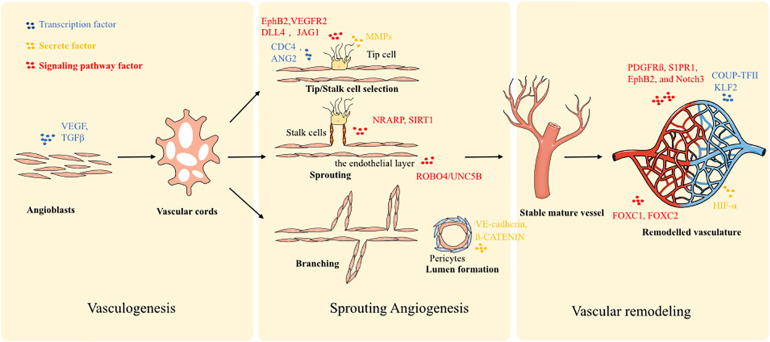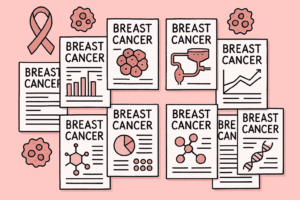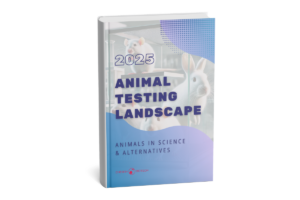Introduction
The vascular network carries the transportation of materials and nutrients as the fluid delivery mechanism of the human body. Tissue engineering research, therefore, focuses primarily on the forming of functional vascular networks. The author presents in this regard, with the in vivo and in vitro-angiogenesis strategies and potential clinical applications, the latest evolution of the vascular network including the histological and cellular characteristics.

Tissue engineering is intended for the treatment of physiological and medical problems using engineering methods. Its principal objective is to facilitate tissue transplantation or organ transplantation and basic research to construct viable tissues in vitro modeling. A difficulty now is how to produce a significant amount of viable tissue (>1 cm3). The main challenge in new tissues is at present not creating a vascularized in vitro network capable of producing oxygen and nutrients, resulting in rapid necrotization of the core areas of the tissue generated without vascularisation.
The authors first presented the basic features of the body’s blood vessels and angiogenesis in vivo process outlined existing approaches to build blood vessels in vitro and in vivo and concentrated on comparing the roles, uses, and benefits of building various kinds of blood vessels. Finally, there was a discussion of the challenges and opportunities in this sector.
How to culture vascularized & immunocompetent 3D models in a standard Multiwell
Abstract
The authors state, “As the material transportation system of the human body, the vascular network carries the transportation of materials and nutrients. Currently, the construction of functional microvascular networks is an urgent requirement for the development of regenerative medicine and in vitro drug screening systems. How to construct organs with functional blood vessels is the focus and challenge of tissue engineering research. Here in this review article, we first introduced the basic characteristics of blood vessels in the body and the mechanism of angiogenesis in vivo, summarized the current methods of constructing tissue blood vessels in vitro and in vivo, and focused on comparing the functions, applications, and advantages of constructing different types of vascular chips to generate blood vessels. Finally, the challenges and opportunities faced by the development of this field were discussed.”
References
Meng X, Xing Y, Li J, Deng C, Li Y, Ren X, Zhang D. Rebuilding the Vascular Network: In vivo and in vitro Approaches. Front Cell Dev Biol. 2021 Apr 21;9:639299. DOI: 10.3389/fcell.2021.639299. PMID: 33968926; PMCID: PMC8097043.
FAQ
The vascular network is the system for material transportation within the body. Its purpose is to carry materials and nutrients to all areas. It acts as the mechanism for fluid delivery. Because this network is so important, tissue engineering research has made its formation a main point of study. A working microvascular network is presently needed for regenerative medicine. It is also required for systems used in laboratory drug testing. How to build organs that contain working blood vessels is a central point and a current problem in tissue engineering research. These networks are necessary for any new, large tissue creations to survive.
Tissue engineering is intended to provide treatment for physiological and medical problems. This is done using engineering methods. A primary aim is to make tissue or organ transplantation possible. It is also applied to basic research. This research involves building living tissues in a laboratory setting. This area of study is related to building vascular networks. The creation of working blood vessels within organs is a central problem for tissue engineering. This work is needed for the creation of new regenerative treatments. These systems are also needed for new drug evaluation platforms.
A current problem in tissue engineering is the production of a large amount of living tissue. This is defined as tissue larger than one cubic centimetre. The main issue for new tissues is the creation of a blood vessel network within them. This network is needed to supply oxygen and nutrients. Without this internal vessel system, the core areas of the generated tissue will undergo fast necrotization. This means the tissue dies quickly. How to build organs that contain these working blood vessels is a central point of study. This must be solved to create larger tissues for transplantation or research.





